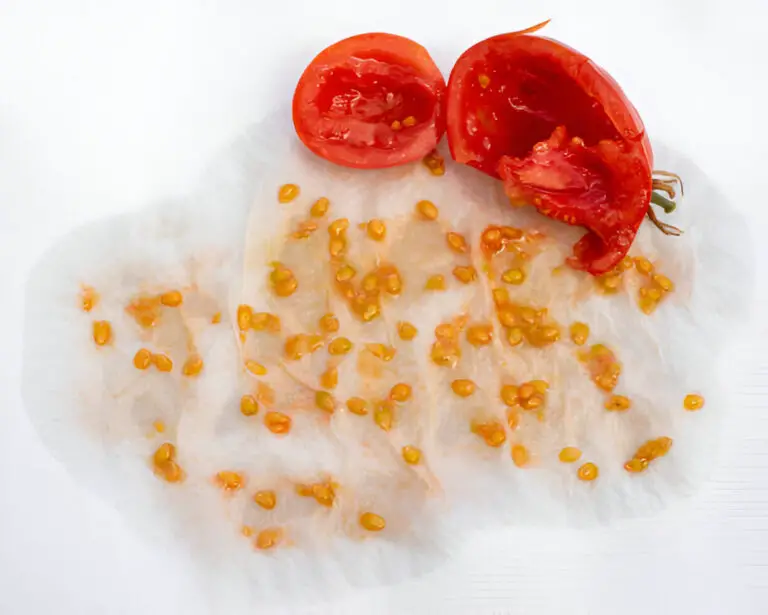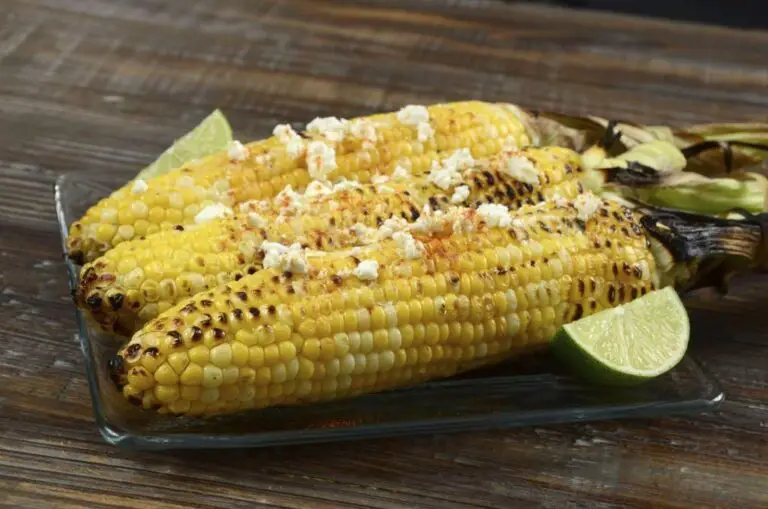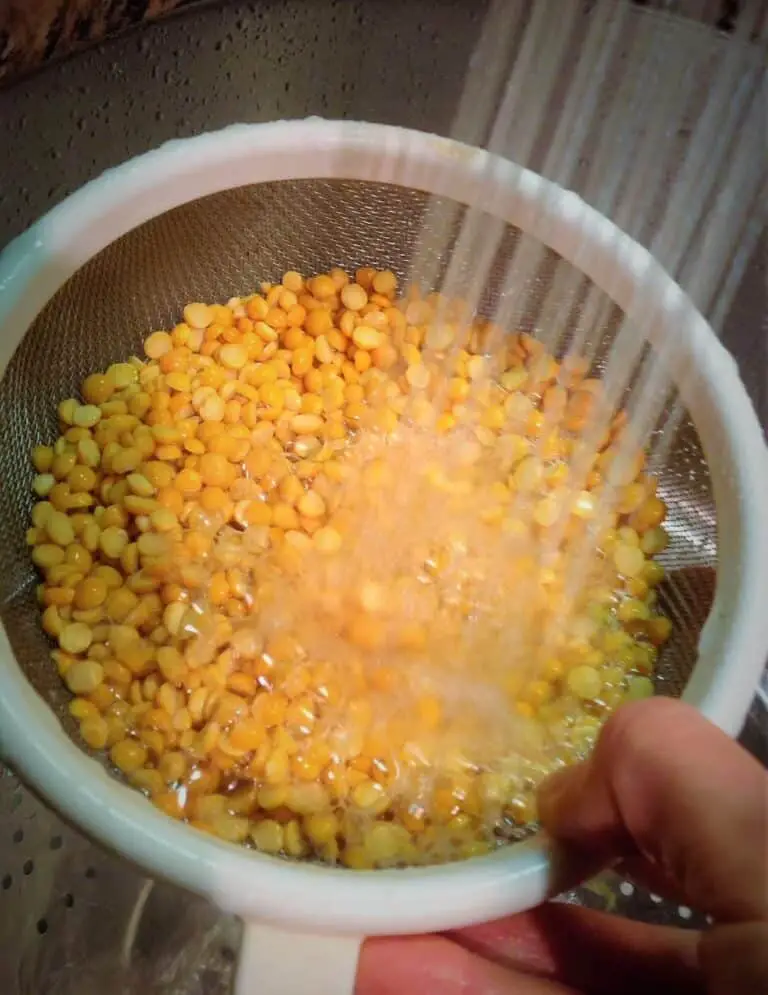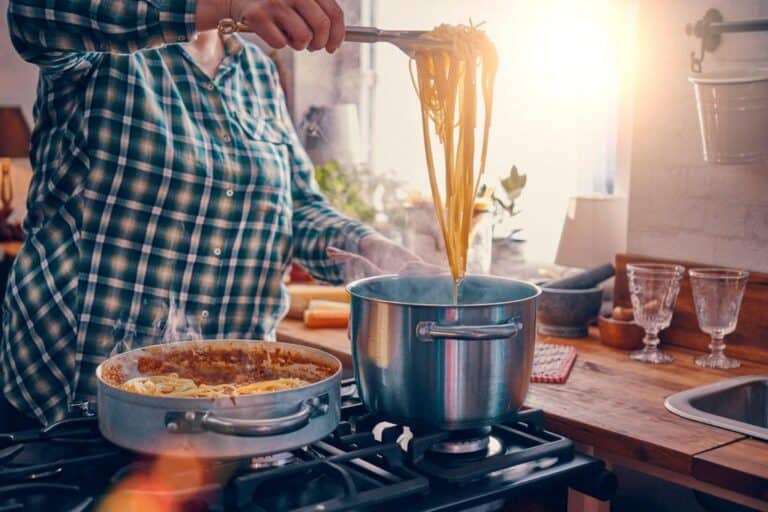Does All-Purpose Flour Contain Baking Powder? Unpacking the Truth
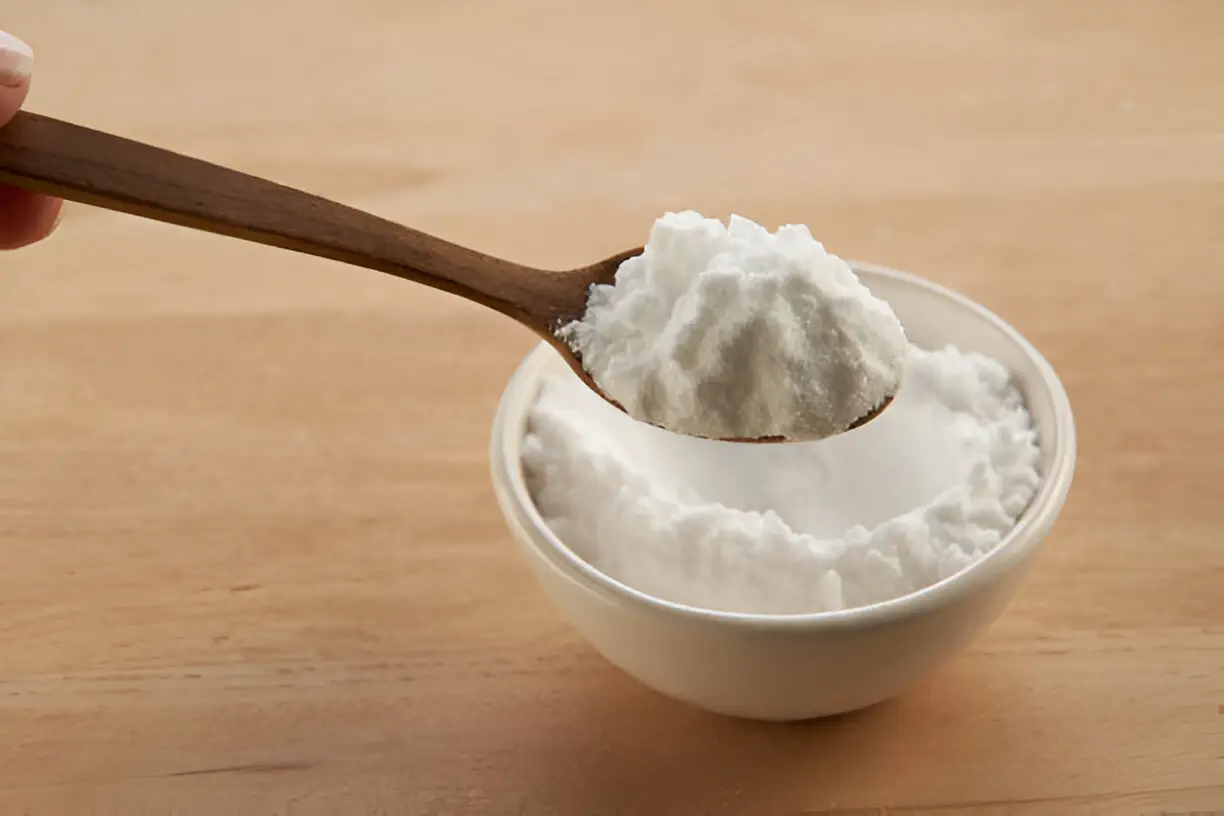
When I first dipped my toes into the world of baking, I quickly learned that flour comes in many varieties, each with its own quirks. It was a classic case of “too many cooks in the kitchen” when I started reading all the labels.
Suddenly, I was left wondering, “Does all-purpose flour contain baking powder?” Spoiler alert: It doesn’t! But don’t worry; I’m here to break it down for you and share everything I’ve learned along the way.
Understanding the Basics: Flour Types 101
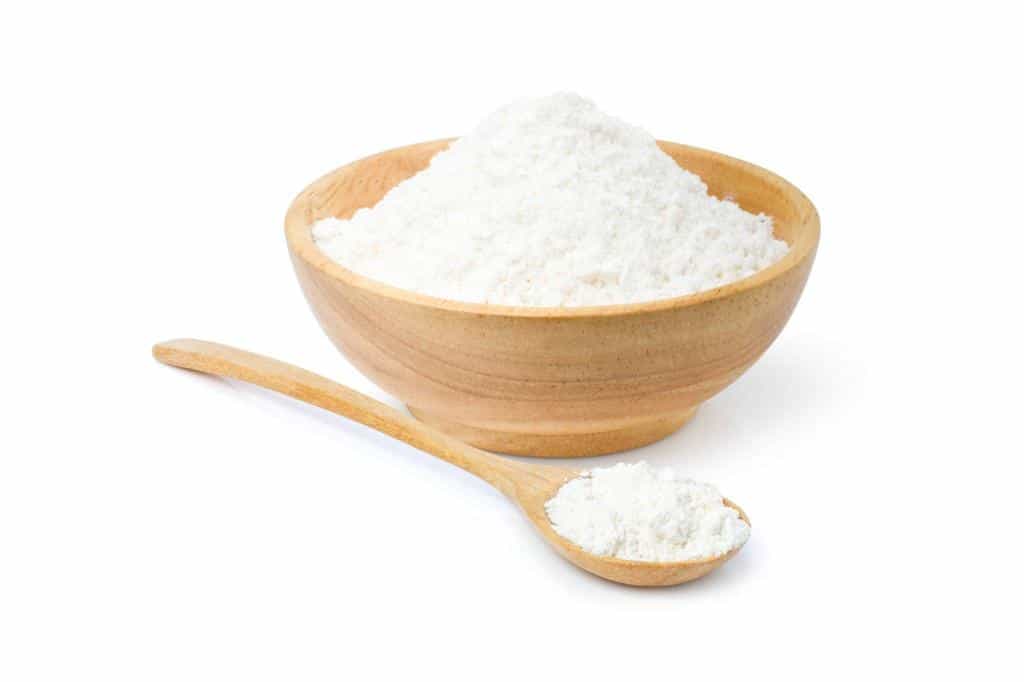
Before we dive into the nitty-gritty of all-purpose flour, let’s take a step back and look at the different types of flour that fill our pantries. Here’s a quick overview to get us all on the same page.
| Flour Type | Main Ingredients | Uses |
| All-Purpose Flour | Ground wheat, no leavening agents | Versatile; great for most recipes |
| Self-Rising Flour | All-purpose flour + baking powder + salt | Perfect for quick breads and biscuits |
| Bread Flour | Higher protein content | Ideal for yeast breads and pizza |
| Cake Flour | Lower protein content | Great for tender cakes and pastries |
All-purpose flour is the workhorse of the kitchen. It does it all—breads, cookies, cakes—you name it! But the catch? All-purpose flour is not self-rising, meaning you must add leavening agents if your recipe calls for it.
The Role of Baking Powder
Baking powder is a leavening agent that gives baked goods that delightful rise. It’s a combination of an acid (like cream of tartar) and a base (like baking soda), which creates carbon dioxide bubbles when mixed with moisture and heat. Those bubbles are what make your cakes light and fluffy.
So, why doesn’t all-purpose flour come with baking powder included? The answer is simple: Flexibility. By not including baking powder, all-purpose flour gives you the freedom to control how much you add, depending on the recipe. For instance, when making pizza dough, you might not want any leavening at all.
On the flip side, when whipping up pancakes, you’ll want to use baking powder to achieve that fluffy goodness.
When to Use Baking Powder
You might wonder, “When do I need to reach for the baking powder?” Here’s a quick rundown of when to use it:
- Baked Goods that Need a Rise: Cakes, muffins, and cookies often need baking powder to rise and achieve that soft texture.
- Quick Breads: Think banana bread or zucchini bread—these require leavening for that perfect crumb.
- Pancakes and Waffles: A dash of baking powder keeps them fluffy and light.
A Simple Tip: Checking Your Baking Powder
Before you start baking, give your baking powder a quick check. Add a teaspoon of baking powder to a small amount of hot water. If it bubbles vigorously, you’re good to go! If not, toss it and get a fresh can.
All-Purpose Flour in Action: Baking Without Baking Powder
You might be wondering, “So, if all-purpose flour doesn’t contain baking powder, what can I do with it?” The answer is plenty! Here’s how I use all-purpose flour in my baking adventures:
Recipes That Shine with All-Purpose Flour
- Classic Chocolate Chip Cookies
These cookies are my go-to for a sweet craving. I whip up a batch using all-purpose flour and add baking soda for a perfect rise. - Homemade Pizza Dough
All-purpose flour works like a charm here. I combine it with yeast instead of baking powder for that chewy crust we all love. - Pasta from Scratch
I often make fresh pasta using just all-purpose flour and eggs. No baking powder in sight, yet the results are delicious! - Basic Bread Recipe
With just a few ingredients, including all-purpose flour and yeast, I can make a lovely loaf of bread. No baking powder is necessary!
Common Misunderstandings: All-Purpose Flour vs. Self-Rising Flour
It’s easy to mix things up when it comes to flour. Here’s a quick comparison to clear up any confusion:
| Aspect | All-Purpose Flour | Self-Rising Flour |
| Leavening Agents | None | Contains baking powder and salt |
| Uses | Versatile, suitable for most recipes | Best for recipes requiring leavening |
| Taste | Neutral | Slightly salty due to added salt |
| Control Over Ingredients | You have full control | Limited, as ingredients are pre-mixed |
Baking Adventures: My Experience
I remember one fateful day when I decided to bake a cake using all-purpose flour. I followed my grandmother’s recipe, which was etched into my memory. It called for all-purpose flour, sugar, eggs, butter, and yes—baking powder. As I mixed everything together, I could feel the excitement bubbling up (pun intended!).
However, I didn’t realize until the last minute that I was out of baking powder! Panic set in as I searched my pantry like a mad scientist. Finally, I found an old box of baking soda. I quickly Googled how to substitute baking soda for baking powder and managed to whip up a decent cake.
This experience taught me that while all-purpose flour doesn’t contain baking powder, it’s the versatility that makes it a kitchen staple.
Baking Without Baking Powder: Alternatives
What if you find yourself without baking powder? No worries! Here are some alternatives you can use with all-purpose flour:
- Baking Soda + Acid: For every teaspoon of baking powder required, use 1/4 teaspoon of baking soda plus 1/2 teaspoon of vinegar or lemon juice. This combo gives you the lift you need.
- Cream of Tartar: If you have cream of tartar, combine it with baking soda. Use 1/2 teaspoon of baking soda and 1 teaspoon of cream of tartar as substitutes for 1 teaspoon of baking powder.
- Yogurt or Buttermilk: These can also work as leavening agents. For every cup of yogurt, reduce your liquid by 1/4 cup and add 1/2 teaspoon of baking soda.
| See also: Is It Possible to Make Biscuits with All-Purpose Flour? |
Flour Power: Making the Most of All-Purpose Flour
To wrap things up, all-purpose flour is a fantastic ingredient to have on hand. Just remember that it doesn’t come with baking powder, which gives you the flexibility to customize your recipes. Here are some final tips for making the most of all-purpose flour:
- Store it Properly: Keep your flour in an airtight container in a cool, dry place to extend its shelf life.
- Sift Before Measuring: For light and fluffy results, sift your flour before measuring. This removes lumps and aerates the flour.
- Experiment: Don’t be afraid to get creative! Add spices, herbs, or other flavorings to your all-purpose flour recipes.
Final Thoughts: Flour, Baking Powder, and Beyond
The world of baking can seem overwhelming at times, but with a little knowledge and practice, it becomes a joy. Understanding the role of all-purpose flour and baking powder opens up a world of culinary possibilities.
So, next time you find yourself in the kitchen, remember: all-purpose flour is your trusty companion, ready to transform into delicious baked goods, even without baking powder. Embrace the process, get your hands floury, and enjoy every moment of it. Happy baking! 🥖✨

